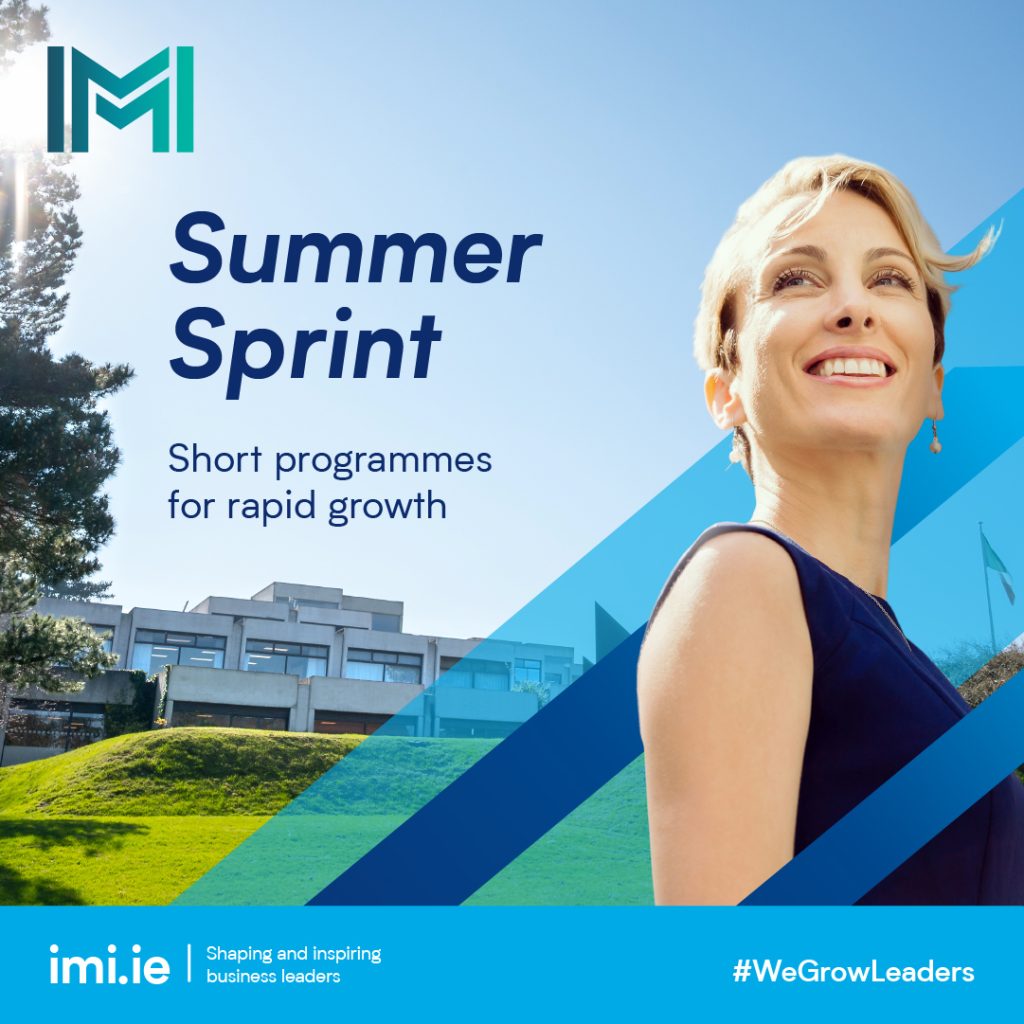Demystifying Blockchain: Sucking Ether and Spending Gas
By Dr. Philip O’Reilly | 6th November 2019
There has been a lot written about Blockchain, both from a technological and business perspective. Towards demystifying “Blockchain” further, let’s look at what it is, how it works and the cost of transacting on the platform.
Distributed Ledger Technology “Aka Blockchain”, is a hot topic among organisations at the moment and has been the subject of much hype. Organisations are now seeking to move beyond exploratory use cases and Proof of Concept’s (POC’s) towards scalable pilot and operational systems. Blockchain has the potential for significant economic and business effects. The Blockchain is immutable, meaning transactions cannot be changed/deleted once added to the Blockchain. This allows Blockchains to act as a reputable source of unchangeable, verified and valid information.
What is a Blockchain?
A blockchain is a tamper-proof, shared digital ledger that records transactions in a public or private network. Distributed to all member nodes in the network, the ledger permanently records, in blocks, the history of asset exchanges in the network. It is constantly growing as miners add new blocks to it to record the most recent transactions. The blocks are added to the blockchain in a linear, chronological order. Each full node (i.e. every computer connected to the network using a client that performs the task of validating and relaying transactions) has a copy of the blockchain, which is downloaded automatically when the user joins the network. The blockchain has complete information of addresses and transactions. These can all be queried using a block explorer such as blockchain.info or etherscan.io.
To ensure that only legitimate transactions are recorded into a blockchain, the network confirms that new transactions are valid. A new block of data will be appended to the end of the blockchain only after the computers on the network reach consensus as to the validity of all transactions that constitute it. Thus, transactions only become valid once it is included in a block and published to the network. In this manner, the blockchain protocols are able to ensure the transactions on a blockchain are valid and never recorded more than once, enabling people to coordinate individual transactions in a decentralized manner without the need to rely on a trusted authority to verify and clear all transactions[1].
What is Ethereum?
Ethereum is a decentralized platform that runs smart contracts: applications that execute exactly as programmed without any possibility of downtime, censorship, fraud or third party interference[2].
What is Ether?
The crypto asset (or cryptocurrency) which the Ethereum network runs on is referred to as ether (ETH). Ether is used for paying for things on the Ethereum network, for example investing in a Decentralized Application, or dApps as they are commonly known, involves sending Ether to the dApp developer[3]. Ether’s value is determined by an open market where people buy and sell it for fiat currency. These exchanges can be easily accessed from any smart phone or computer using exchanges such as Coinbase[4].
EVM and Smart Contracts
A smart contract is a piece of code that the Ethereum Virtual Machine (EVM) is able to execute on the blockchain. Once this piece of code has been added to the blockchain, the smart contract itself cannot be altered, only the storage of the smart contract can. This means that there now exists some piece of code that acts as a contract and that is available for anyone to use.
That’s Gas
Programmable computation in Ethereum is funded by fees, termed ‘gas’, and a transaction is considered invalid if a user’s balance is insufficient to perform the associated computation. ‘Gas’ describes units of computational power in Ethereum, while ‘gas cost’ is used to denote how much gas is required to perform an action on the platform. Finally, the ‘gas price’ is how much each unit of gas costs in ether. The total cost of an action on Ethereum is the gas cost multiplied by the gas price. If the gas price stays the same while the value of ether increases, as has been the case so far, then the overall price of smart contracts increases. How much a specific computation will cost is defined by the complexity of the computation.
Therefore, there are many parallels between a Blockchain ecosystem and a traditional market. Information is stored and exchanged. There is a cost associated with transacting on the platform. Individuals exchanges value via contracts, automated via technology. Blockchain is simply the technological platform upon which all of this happens.
[1] Peters, G. W., & Panayi, E. (2015). Understanding Modern Banking Ledgers through Blockchain Technologies: Future of Transaction Processing and Smart Contracts on the Internet of Money.
[2] Ethereum Foundation. (2016). Ethereum. Retrieved from Ethereum: https://www.ethereum.org/
[3] Oberhaus, D., & Pearson, J. (2017, June 16). Okay, WTF Is Ethereum? Retrieved from Motherboard: https://motherboard.vice.com/en_us/article/okay-wtf-is-ethereum
[4] Coinbase. (2017). How To Buy Ethereum. Retrieved from Coinbase: https://www.coinbase.com/buy-ethereum?locale=en
Dr. Philip O’Reilly is the Programme Director for the IMI MBS in Digital Business and a Senior Lecturer at University College Cork.
Philip has delivered keynotes and workshops to numerous multinational companies and at leading practitioner events including the Banking & Payments Federation of Ireland National Conference.




